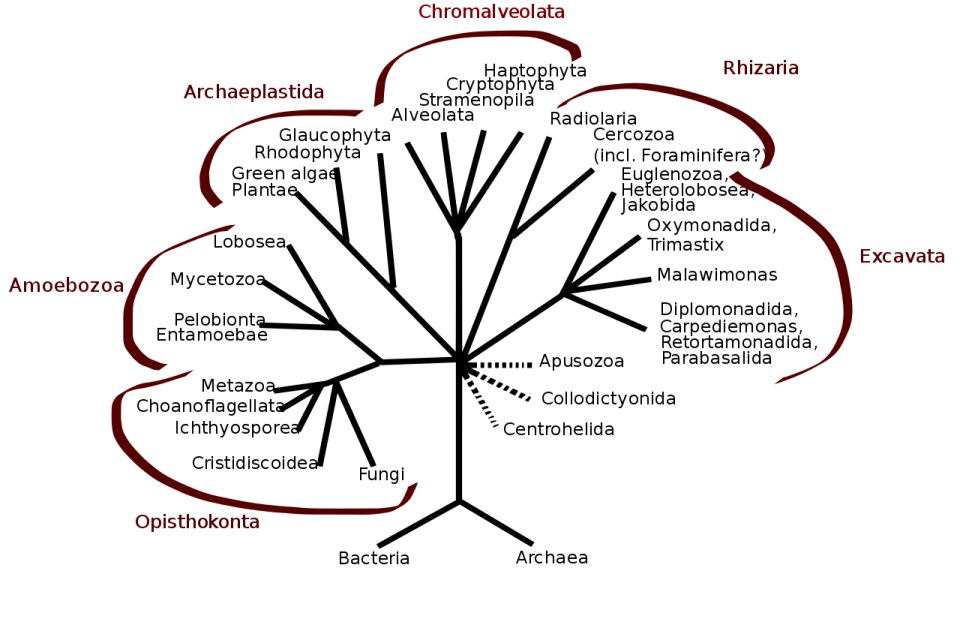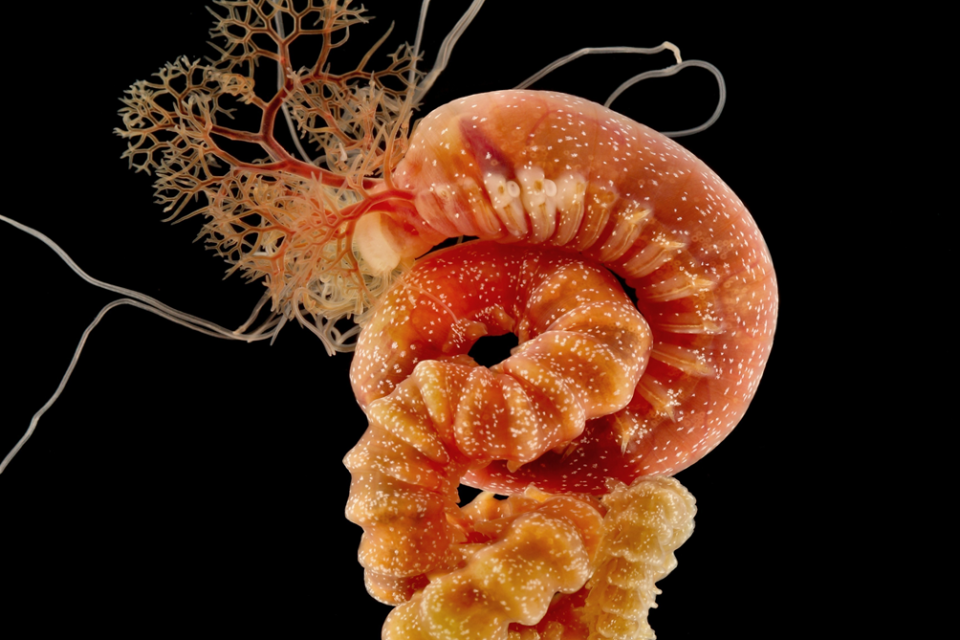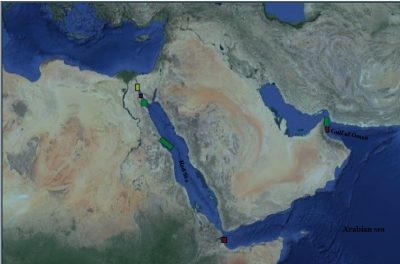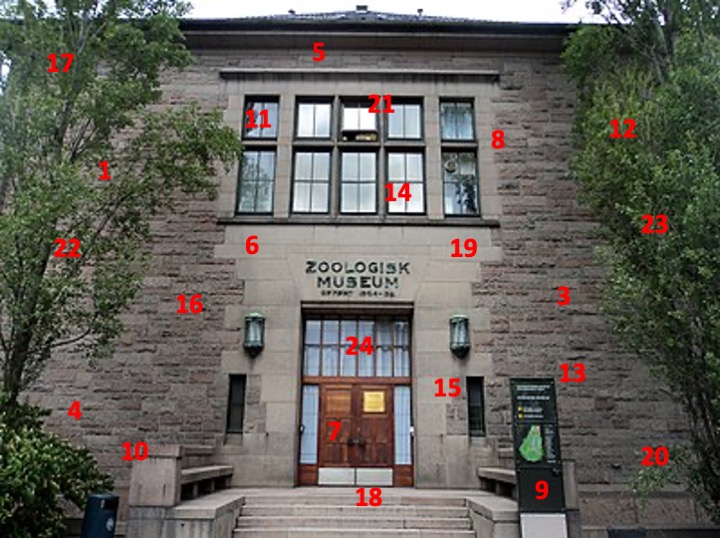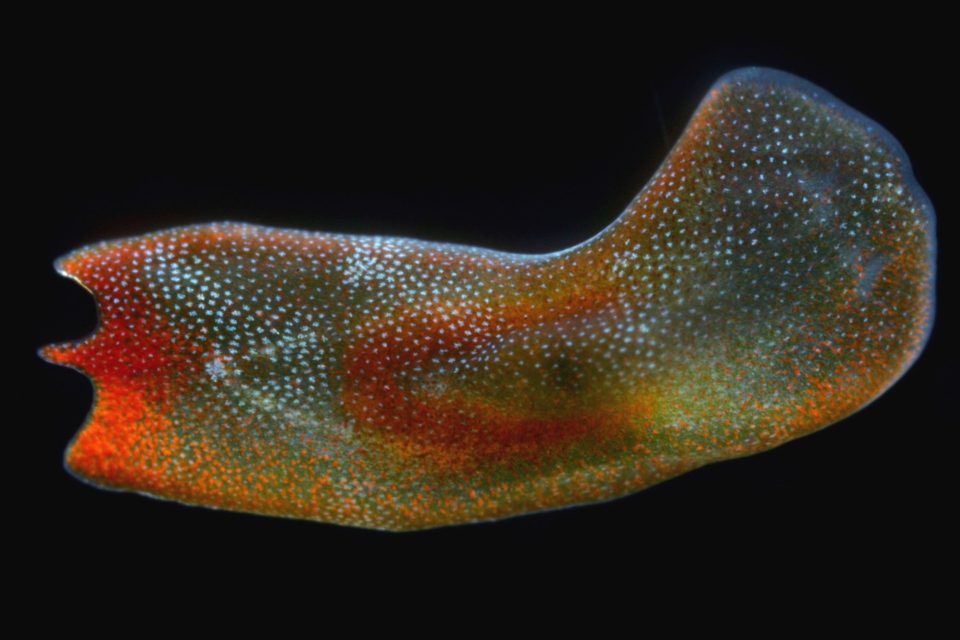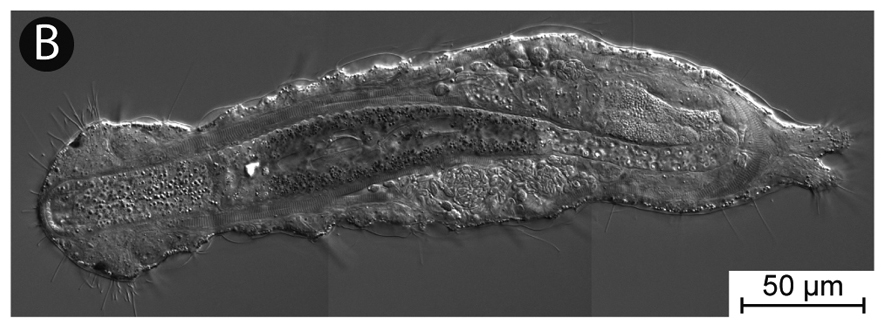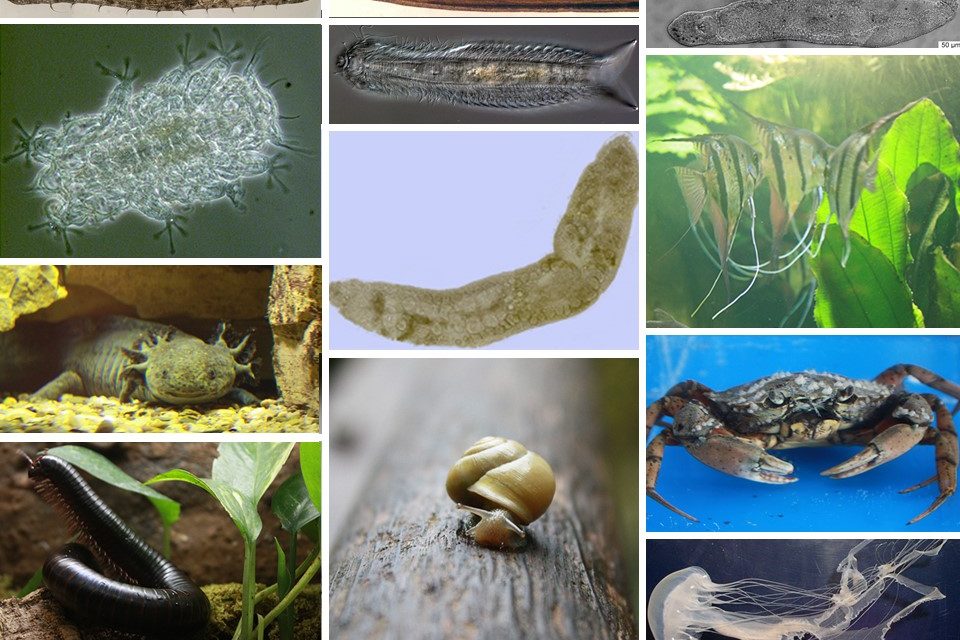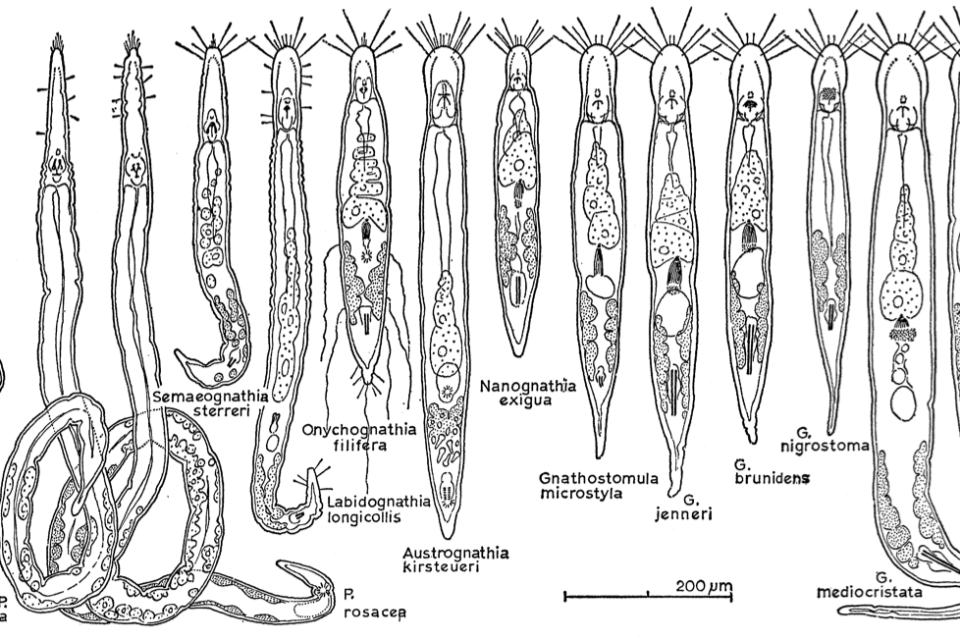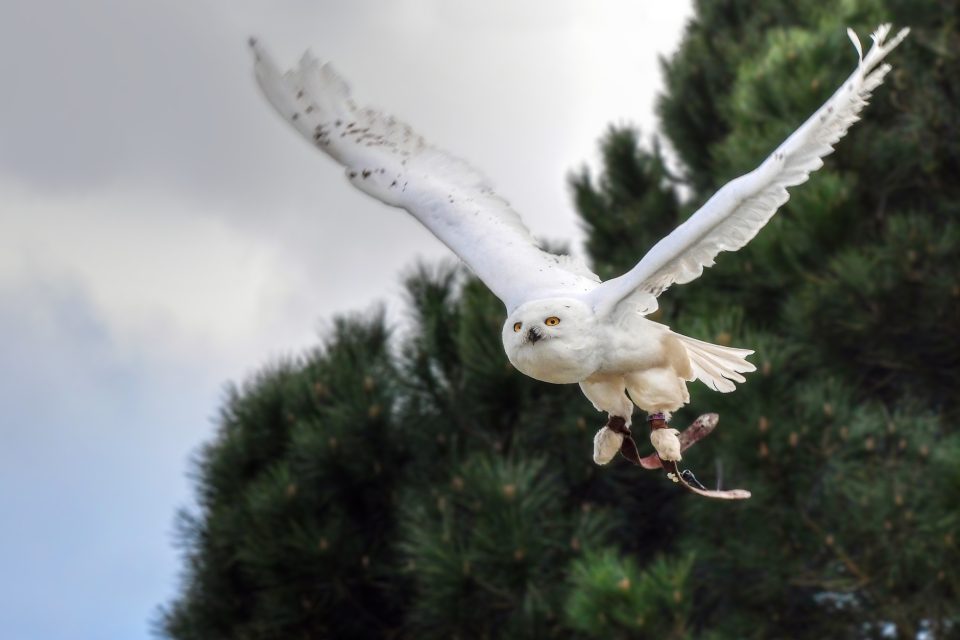
Door 2: Can distinction lead to extinction in birds?
Although I am working almost exclusively with marine invertebrates, one of my favourite papers this year was about birds. Hughes et al. (2022) set a quite ambitious goal: to test whether the loss of species threatened with extinction could lead to morphological and phylogenetic homogenization across the entire […]
